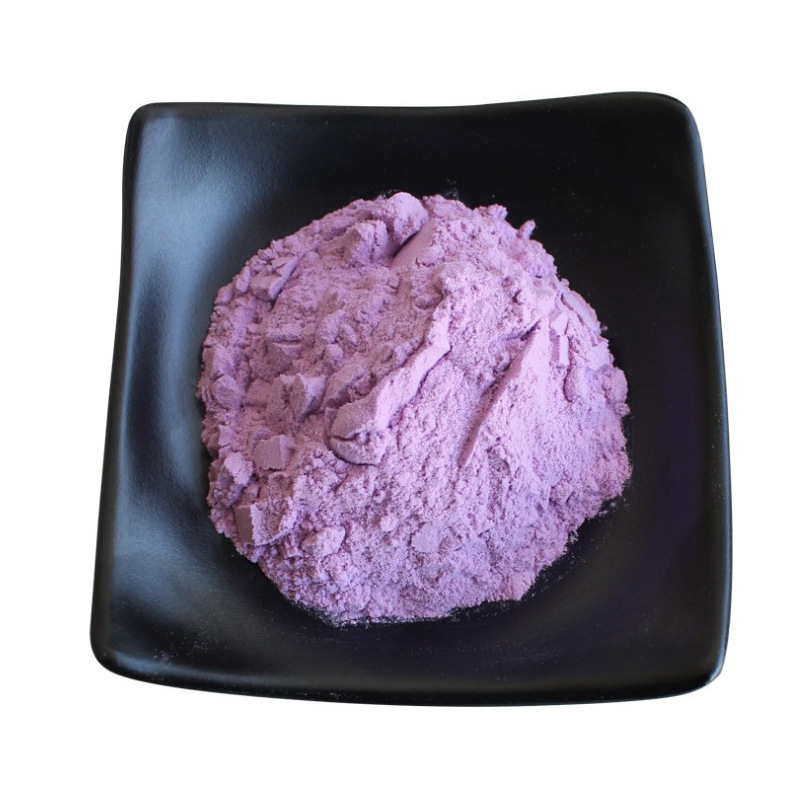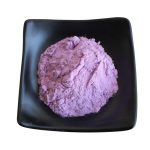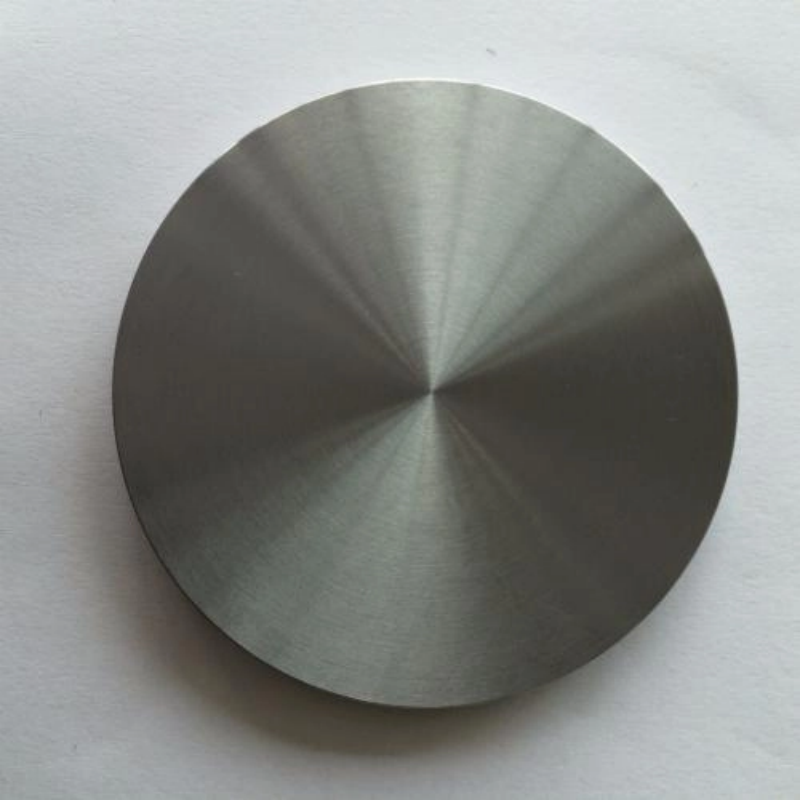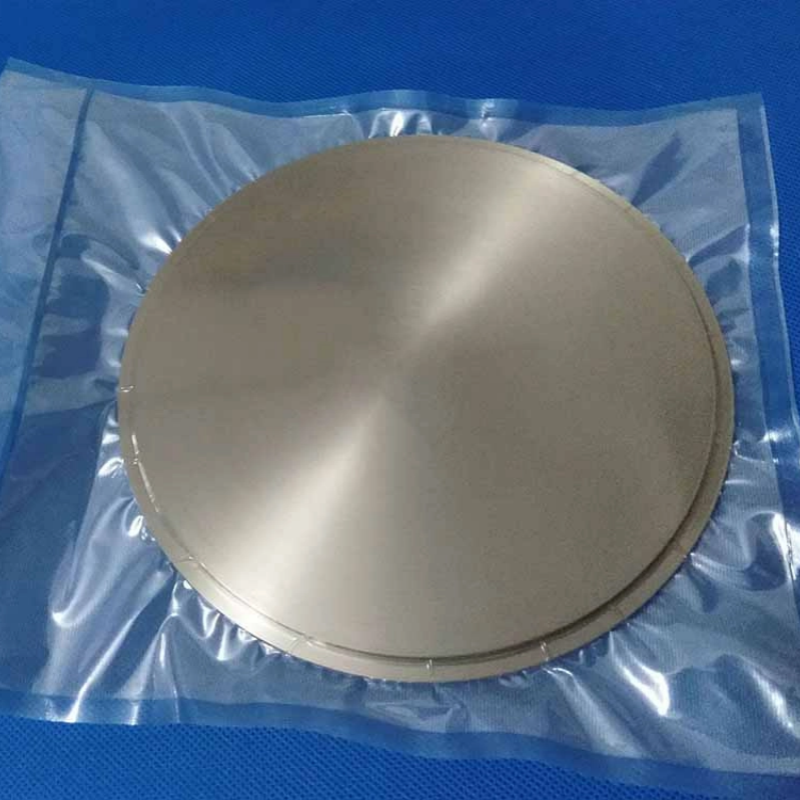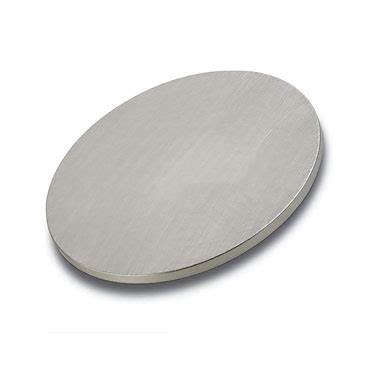Lithium Nitride (Li₃N) is a high-performance inorganic compound known for its exceptional properties, including high ionic conductivity, excellent thermal stability, and strong chemical reactivity. This compound is primarily used in specialized applications such as battery technology, chemical synthesis, and material science, where it serves in critical components exposed to high-temperature and reactive environments. Its unique chemical composition and properties make it suitable for demanding applications requiring reliability and high performance.
Product Overview
Lithium nitride (Li3N) is the most thermally stable compound among alkali metal nitrides, featuring a unique crystal structure and excellent electrical conductivity. It is a red or purple crystalline solid at room temperature. With a high melting point and strong alkalinity, it reacts with water to release ammonia and is highly reactive with air, requiring storage and handling in inert gases. Lithium nitride is also a promising hydrogen storage medium, capable of adsorbing hydrogen in hydrogen gas environments.
Key Features
- High Thermal Stability: As the most thermally stable alkali metal nitride, Li3N is suitable for high-temperature applications.
- Unique Crystal Structure: Its crystal structure consists of two layers, providing exceptional ionic conductivity.
- Strong Alkalinity: Li3N exhibits stronger alkalinity than negative hydrogen ions, demonstrating high chemical reactivity.
- High Electrical Conductivity: It is a fast ion conductor, offering superior electrical conductivity compared to other inorganic lithium salts.
Applications
- Catalysts and Reactants: Used in organic synthesis, particularly as a catalyst in the high-temperature, high-pressure synthesis of boron nitride.
- Lithium Salt Preparation: Employed in the preparation of lithium bis(fluorosulfonyl)imide (LiFSI), commonly used in lithium-ion battery electrolytes.
- Hard Material Synthesis: Integral in the synthesis of superhard materials like cubic boron nitride, serving as a key catalyst in boron nitride production.
- Solid Electrolytes: As a fast ion conductor, it is used as a solid electrode and cathode material in batteries.
- OLED Electronic Injection Layers: Utilized in organic light-emitting devices (OLEDs) to enhance efficiency and reduce operating voltage.
| Item | Description |
| Molecular Formula | Li3N |
| CAS Number | 26134-62-3 |
| Density | 1.270 g/cm³ |
| Appearance | Red or purple solid |
| Molar Mass | 34.83 g·mol⁻¹ |
| Melting Point | 813℃ (1086K) |
| log P | 3.24 |
| Solubility in Water | Reacts with water |
 new material
new material

